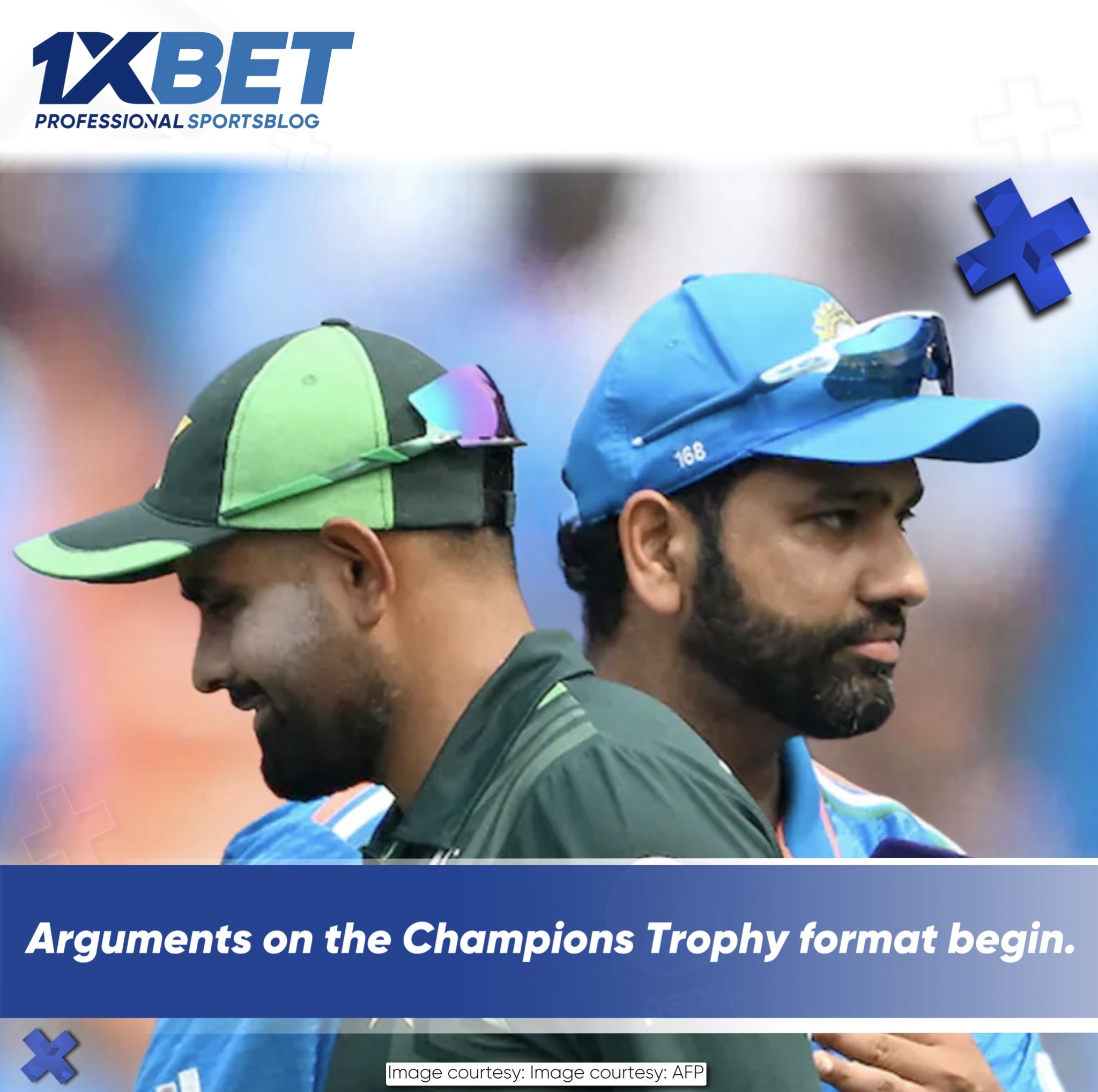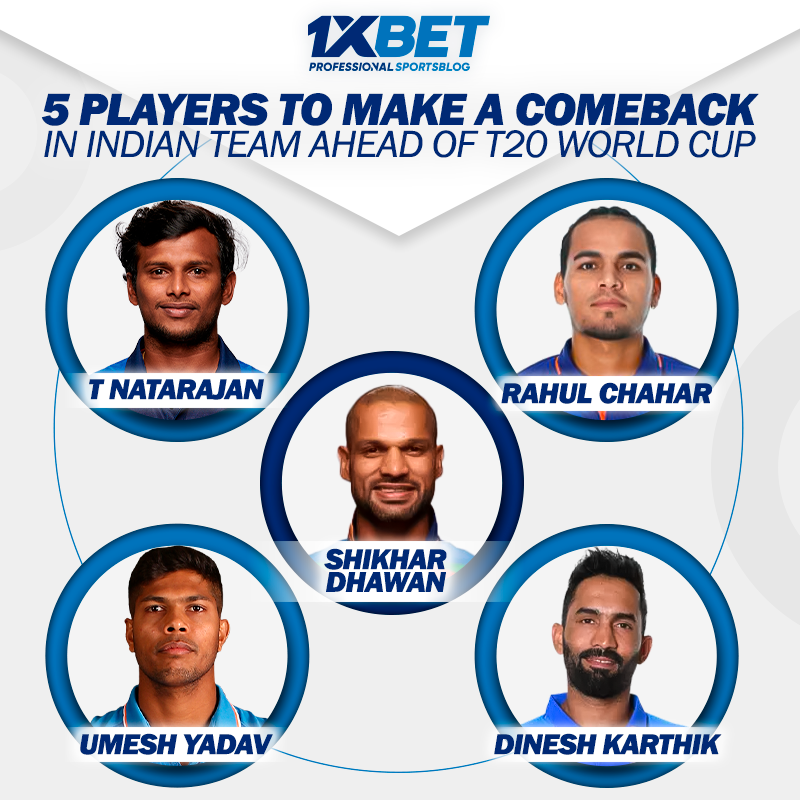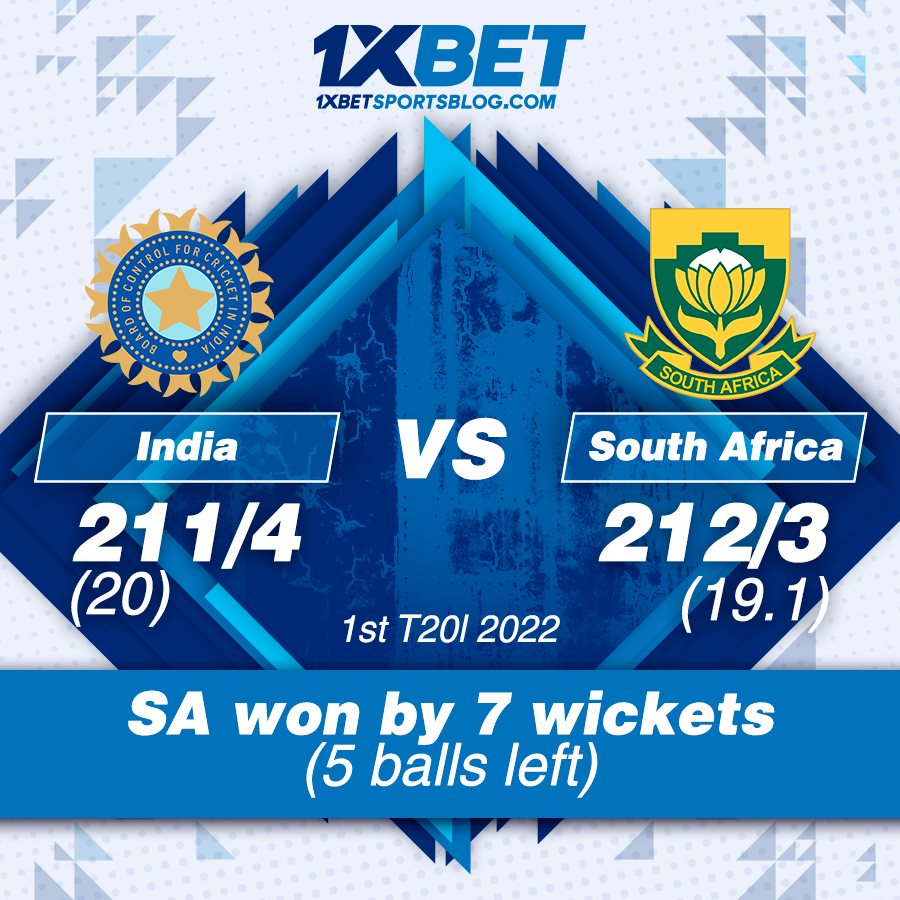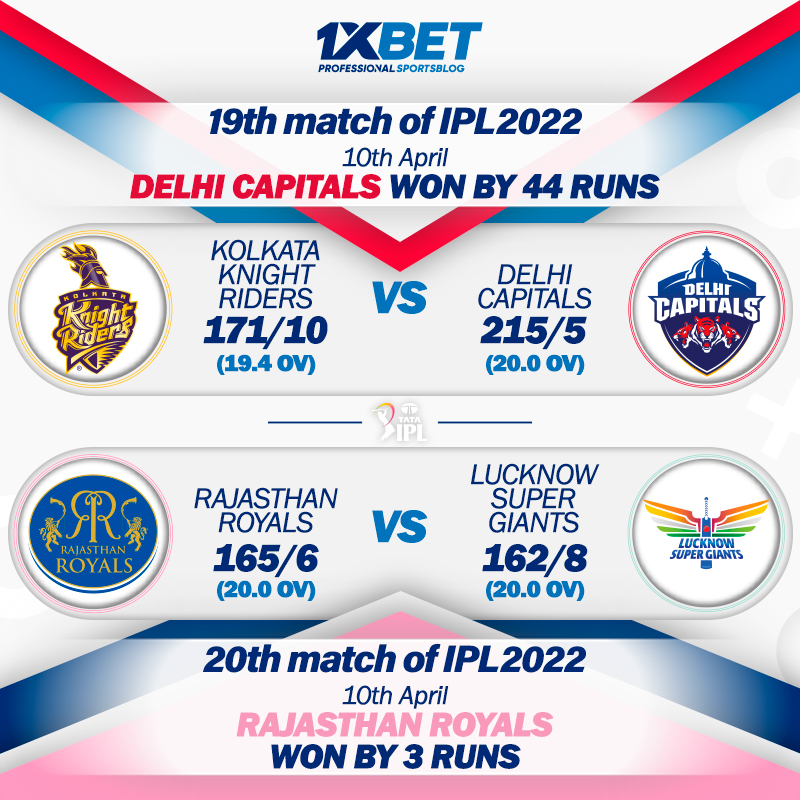Arguments on the Champions Trophy format begin

While a section of the ICC is believed to have insisted that it should be ODIs, a final decision was deferred with the pros and cons of both 50-over and 20-over formats being examined threadbare. Key data presented at the meeting highlighted that engagement and overall viewership for ODIs has declined by more than 20 per cent since World Cup 2019.
The broadcasters, who bankroll the world cricket, can, sure, monetise more inventories in a 100-over game than in a 40-over match. But it is unlikely that all the ad slots will be sold for an ODI and the cost of a commercial spot for a one-dayer is much less than that for the shortest format.
The current rate going for the ongoing IPL matches is believed to be Rs 15 lakh for a 10-second spot. In real financial sense, for every INR 100 earned per over in a T20 game, the broadcasters earn INR 57-60 in an ODI. However, the T20 format provides around 100 commercials per match while an ODI fetches 160 ads, so the overall monetisation opportunity in an ODI remains higher if all slots are sold.
The arguments in favour of the ODI was that last year's World Cup was a huge success but that was mainly because it was held in India and also predominantly due to the Indian team's extraordinary performance. It is also being claimed that the Champions Trophy, to be held from mid-February, 2025 to early-March in Pakistan, has a link to the 2027 World Cup in South Africa.
But the key issue before the organisers is that they have created a window of 17-18 days for the eight-team Champions Trophy, scheduled to start on a Friday close to mid-February with the final on the third Sunday from the starting day. But with Pakistan hosting the championship, it is unlikely that India will visit the country leading to the creation of a hybrid model, like last year's Asia Cup, in which the teams, barring India, may have to criss-cross between Pakistan and UAE.
Given the short window, teams may have to play two matches in three days while travelling between the UAE and Pakistan. This makes the 100-over format less than ideal, a logistical and operational challenge not lost on the organizers. Additionally, two other trends are fast emerging: the ODI format is losing popularity compared to the Twenty20s, and Test matches are being considered the purest form of the game.
The Champions Trophy, as a competition, was discontinued in 2017 due to the declining relevance of the tournament in the FTP and the emergence of the T20 World Cup as a second marquee tournament after the ODI World Cup. Industry experts note that as the frequency of the T20 World Cup has been increased to once in every two years in the new rights cycle, the challenges to the context of the Champions Trophy are expected to increase.
For the ICC, it may not be easy to convert the format as it has sold the rights as a one-day competition. It may have to sit with stakeholders, mainly the broadcasters, who are funding USD 3 billion for the current cycle of four years, before taking a final decision. While the ICC officials maintain that the format may eventually remain as a 50-over competition, it is unlikely the debate will die down soon and pressure on ICC will ease.





